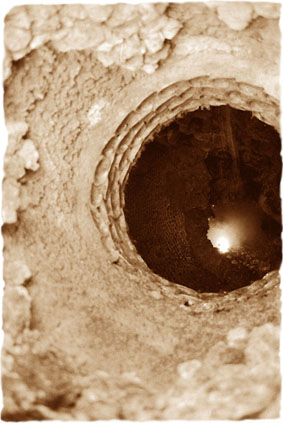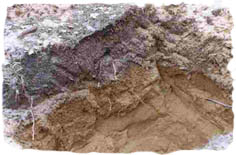Comparison of Classification Systems for Grand Forks Well-Log Data

Comparison of Classification Systems for Grand Forks Well-Log Data
The well-log data here is small compared with that of Abbotsford resulting in a small number of wells used in this modelling process. The Grand Forks data have other challenges similar to that of Abbotsford. Spatial coordinates in Universal Transverse Mercator (UTM) for large number of wells were not found in the UTM coordinates table. In cases where UTM coordinates were given they are the same for more than one well resulting in many instance of having one UTM coordinates with multiple wells. These challenges result in a manual checking of all well UTM coordinates before modelling. It also lead to reduction of the number of well-logs used in the modelling process and this have classification model comparison implications. However, this does not favour one standardization scheme over the other nor does it implicate output results in one direction.
Material category distributions in both the BC and GSC schemes display significant disparities and classification patterns inherent in each system. For the same well-log data, BC scheme reveal high local variability within and between well-logs. BC has no major or an outstanding category representation, however, categories 4 and 5 are the most significant material displayed. Category 1, the least represented category in the BC system is localized within a few wells but quite distributed in GSC system. The GSC scheme represents category 5 as the most dominate material followed by category 4. This significant representation of category 5 in the GSC represents a major departure from material distribution in BC classification system. There are some small-scale category distribution occurrences that suggest similarity and consistency in subsurface material classification in both schemes. This trend is revealed in the pattern followed by each category representation in the two systems. For instance, categories 4 and 5 are the most dominate materials and categories 1 and 2, the least represented and finally category 3 falling in the midway in both systems.





| |


